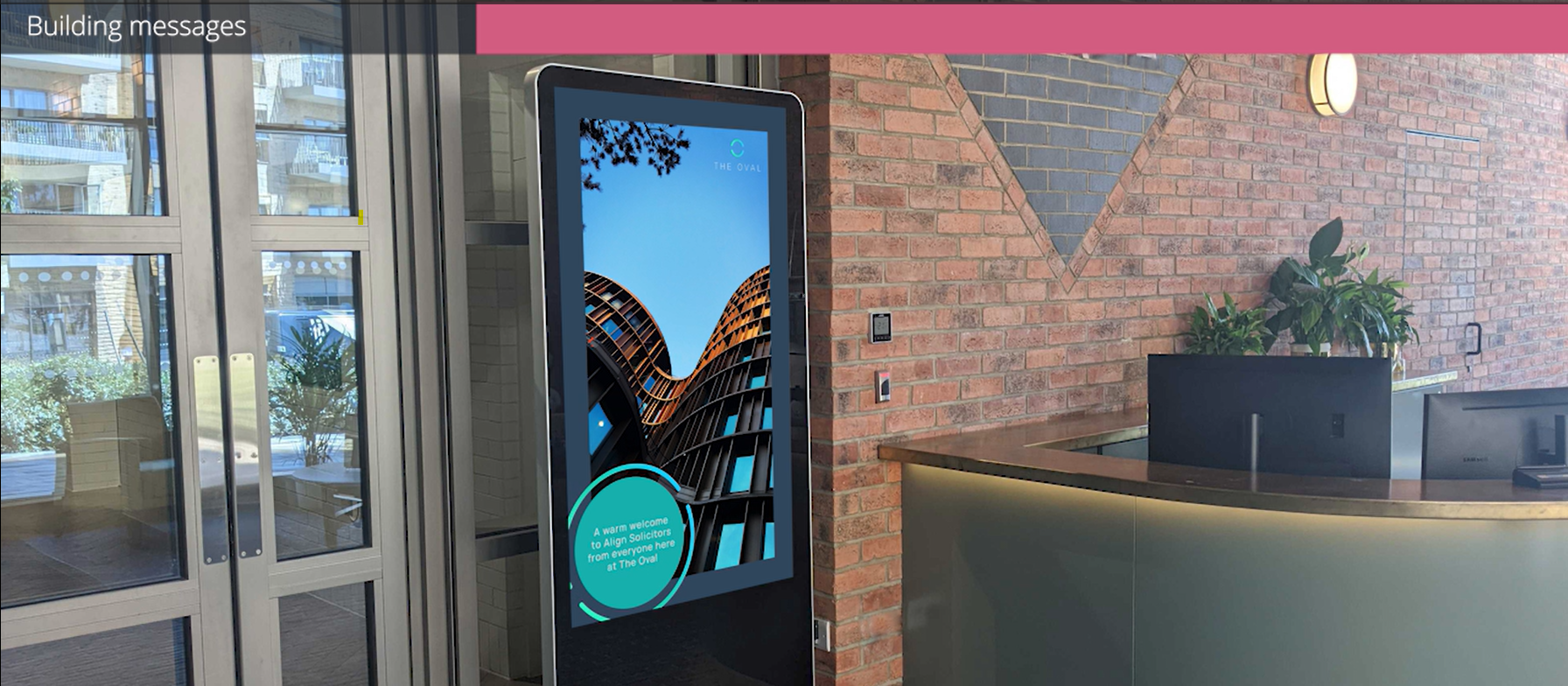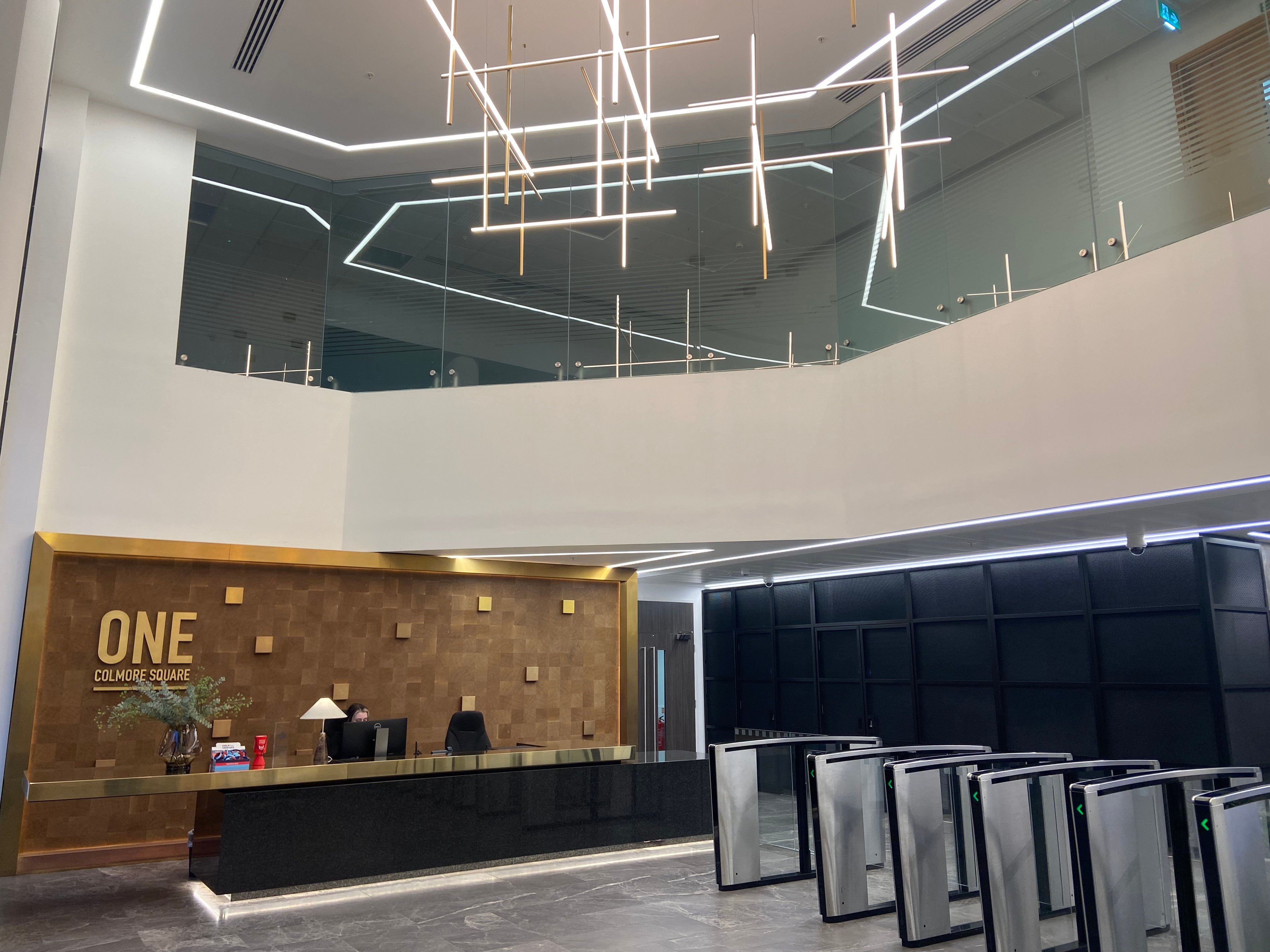With COVID-19 forcing people to adjust to a new life in quarantine, Locale explores what the commercial real estate industry must do to safely lure people back into the physical space once the lockdown ends.
With each passing week in lockdown, it becomes increasingly clear that life as we know it may be altered forever, but not necessarily for worse. In commercial real estate, it may accelerate what was already in motion, a digital transformation.
Over the last few decades, the landscape of commercial real estate has evolved, with some businesses embracing the arrival of the digital age, implementing tech to establish their position as industry leaders. Others have fallen victim to stagnant processes, failing to see tech as a way of streamlining building operations, maintenance, and management, or simply unable to implement it on a wide scale.
But now COVID-19 has pushed us into an unprecedented place, by not only highlighting the online habits of millions of people as they bunker down at home but exposing outdated building spaces and practices.
A return to work strategy
We wait anxiously to find out if and when people can return to their place of work, but once this is a possibility, are we able to do so safely? It will be a unique challenge posed to property managers who must ensure their building communities adjust to the new rules of social distancing, whilst keeping a sense of connectedness and community. A tall order indeed.
A return-to-work strategy will need to be created so property managers can navigate the tricky pandemic aftermath. This will need to be communicated to the entire building and its occupants, and remain accessible. For buildings that offer thousands of square feet in office space, this will be critical to its survival.
Forward thinking companies in the commercial real estate sector have already put in place measures to responsibly allow for a reopening of their spaces. This includes Cushman & Wakefield who have developed a 6 feet office project, an example of how to transition the workforce to a new way of working that adheres to safety rules while not impacting engagement or connectedness.
The new rules
Whilst strategy is fundamentally focused around people and their safety, technology will underpin every facet enabling you to act with speed, agility, and from a safe distance. The creation of a ‘reopening the workplace’ tech checklist will demonstrate the due diligence of stakeholder, and could include:
- Digital return to work risk assessment
- Bookable return to work slots
- Make communal areas bookable
Those that have adopted property management technology will have the capability to house all digitised forms and bookings, instantly communicate the safety guidelines to their entire building, from occupiers to front desk to maintenance, and make tasks such as visitor management and deliveries a safer contactless process.
Tech can allow commercial property managers to reinforce stricter cleanliness and hygiene protocols. Sharing regular updates on best practice and advice on reducing infection such as refraining from sharing equipment and keeping workstations in ship shape could be promoted on a centralised online platform or in real time push notifications. Frequent announcements on the availability of the pop-up handwashing stations including soap, water, hand sanitiser, and tissues can encourage staff to use them.
Rebuilding confidence
Implementing technology is just as much for the occupiers as it is to make operations seamless for the building. It can allow occupiers to contact the building with any concerns or questions they might have, such as reporting an unclean area.
People may be itching to get back into the office, but they will be doing so warily. They want to return to a stable business environment, and through a well-laid out strategy, this is entirely possible. Notifying all occupiers of the new normal before reopening and promoting the employee safety measures being taken will build trust in their place of work.
It may be some time before we can fully feel comfortable being around others, so it’s important to create a sense of normality and a social atmosphere. This can be done using proptech, enabling occupiers to interact online and build a community. Let them celebrate quarantine fitness wins or discuss which Netflix series has them hooked.
Revamping outdated spaces
For businesses to reopen to its full force, the environment needs to be reconsidered to ensure a repeat outbreak does not happen. Commercial Managing Agents must seize the opportunity to reevaluate the spaces that commercial buildings offer, as many workplaces have failed to reflect the needs of 2020 and beyond.
Larger, airier spaces may be in demand for UK businesses, as people may feel less comfortable in a close-contact environment. Commercial managing agents may need to adopt a person per square foot rule to ensure a less crowded space and natural sunlight may be a sought-after feature for businesses hoping to keep secure a bright space to occupy.
What may seem like little details will make a difference in the post coronavirus world. If commercial spaces do not adapt, it may be even harder to tackle the very real threat of remote working conversions.
Adjusting to a new normal
Using proptech, you can run your building more efficiently, engage with your community, and deliver a safe yet social experience. Buildings need to simply utilise technology to successfully implement a workplace reoccupation strategy; from real time communications to process digitisation. Only then may it be possible to adjust to this new normal.
At Locale, we are determined to support the industry through this tumultuous time, and therefore have developed a complete technology strategy to prepare commercial buildings and their occupants for a reentering of their spaces. To view this white paper, click here.





